
Hand stitching is a versatile skill that allows you to repair, alter, or create garments and other fabrics
without the need for a
stitching techniques is essential. Not only can it save you time and money, but it also gives your projects a
personal touch.
1. Running Stitch
The running stitch is the most basic hand stitching technique. It involves passing the needle in and out of the
fabric, creating a dashed line of stitches. This stitch is commonly used for basting, gathering, or creating
seams. It is quick and easy to learn, making it a good starting point for beginners.
2. Backstitch
The backstitch is stronger than the running stitch and creates a continuous, solid line of stitches. To make a
backstitch, bring the needle up through the fabric and then insert it backward a short distance away. Bring the
needle up again through the end of the previous stitch, forming a line. This stitch is useful for seams that
require more strength or durability.
3. Slip Stitch
The slip stitch is a nearly invisible stitch used for hemming, attaching bindings, or closing openings. Fold the
fabric edge and use a small running stitch to secure it. Insert the needle into the folded fabric and catch just
a few threads of the main fabric, then bring it back through the folded edge. Repeat this process, keeping your
stitches close together.
4. Blanket Stitch
The blanket stitch is decorative and functional. It’s often used to finish the edges of blankets, clothing
appliques, or to attach patches. Insert the needle into the fabric edge, coming up from the back. Take a small
stitch to the right and then, before pulling it tight, pass the needle through the loop created. Repeat this
process, creating evenly spaced loops.
5. Whip Stitch
The whip stitch is ideal for joining fabric pieces together, such as when sewing a seam or replacing the
binding. Align the edges of the fabric and insert the needle from the back through both layers. Take a small
stitch and repeat it along the edge, making sure the thread passes through both layers consistently. It creates
visible stitches on the outside.
Remember, practice makes perfect! Start with simple projects to get comfortable with these stitching techniques.
With time and patience, you’ll develop the skills to tackle more complex sewing tasks. Happy stitching!
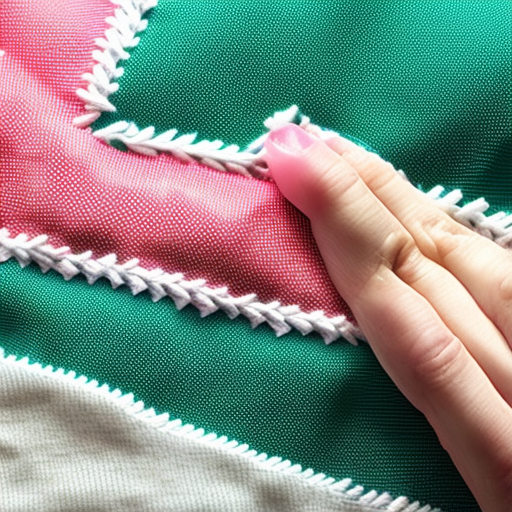
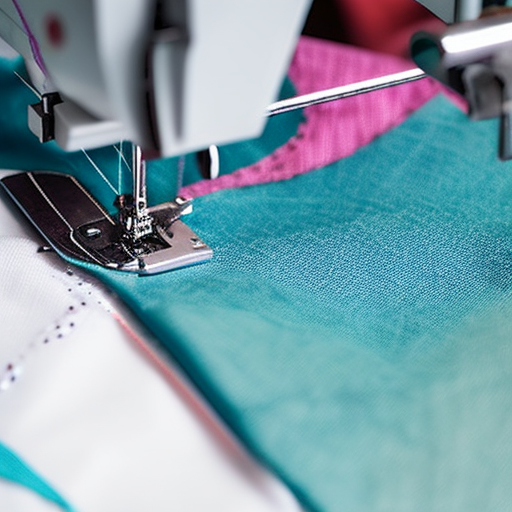
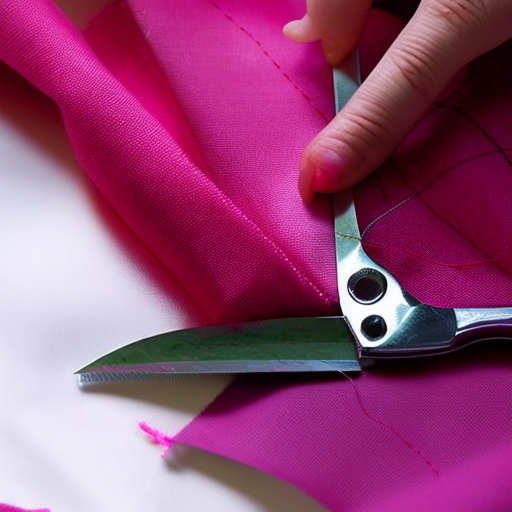
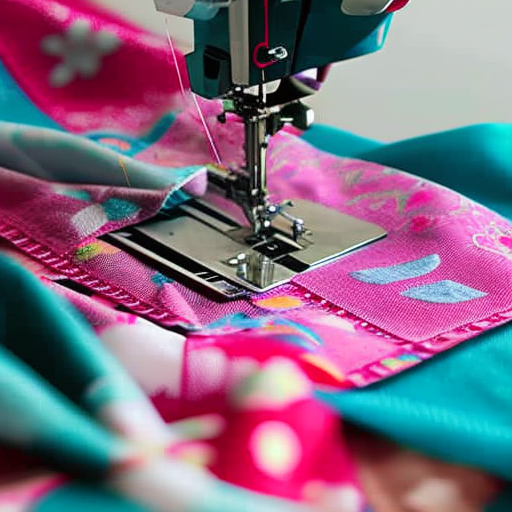
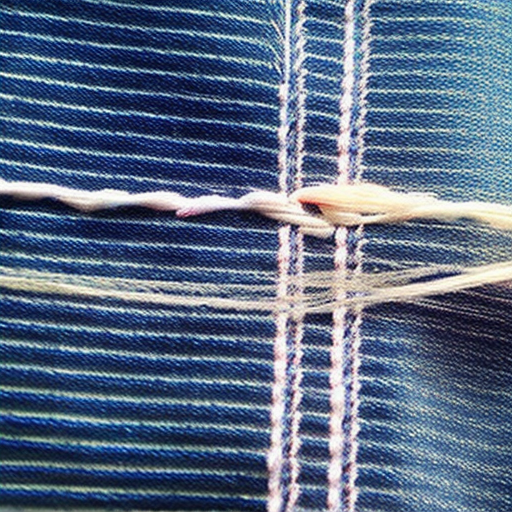
So helpful!
Emily Barnett: Great advice! Love the detail
Great post! Really appreciate the simple instructions and examples. It’s awesome to have such a comprehensive guide on hand-stitching techniques!
Comprehensive and clear – perfect for beginner crafters!